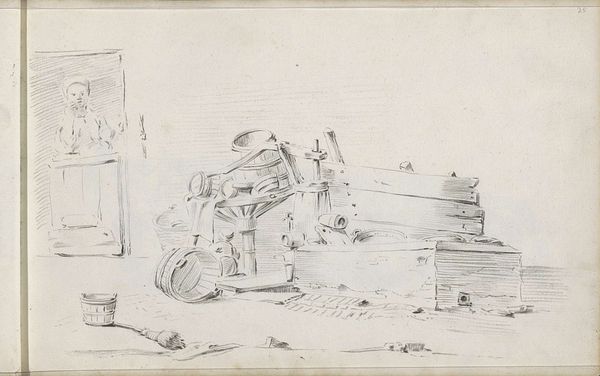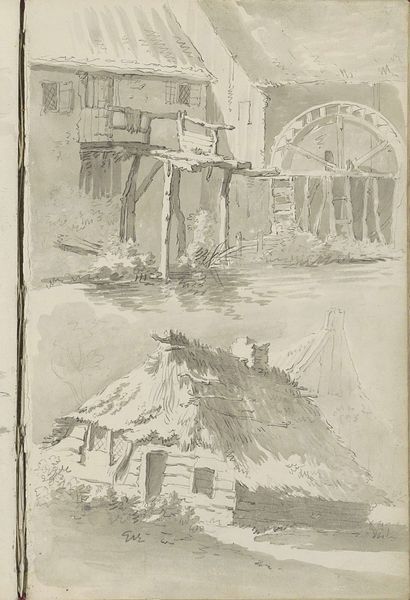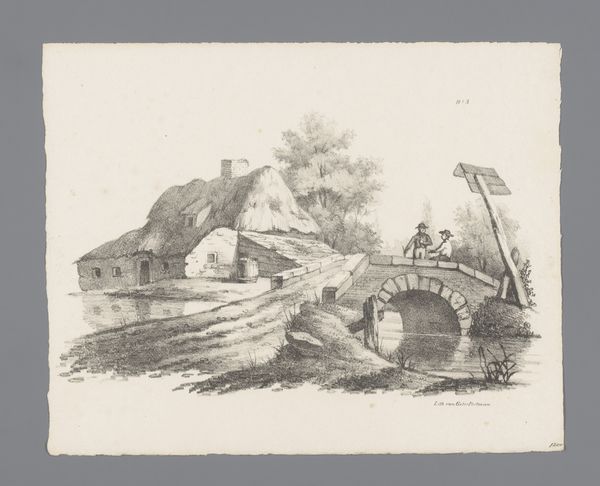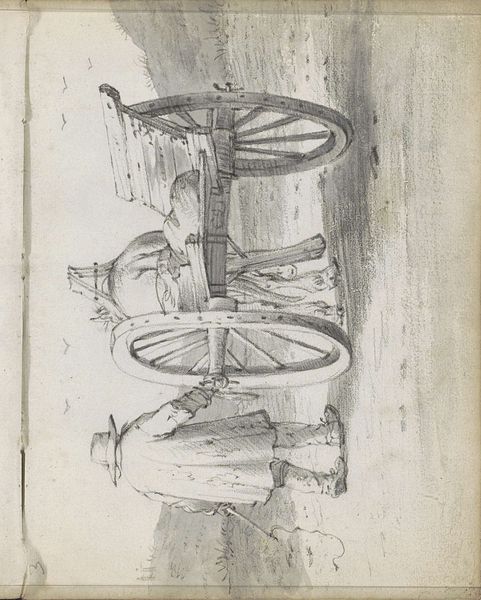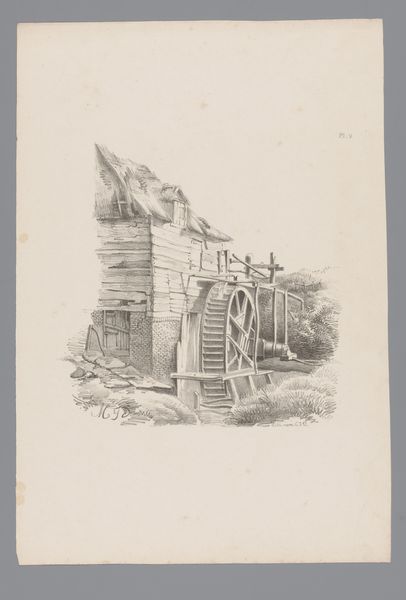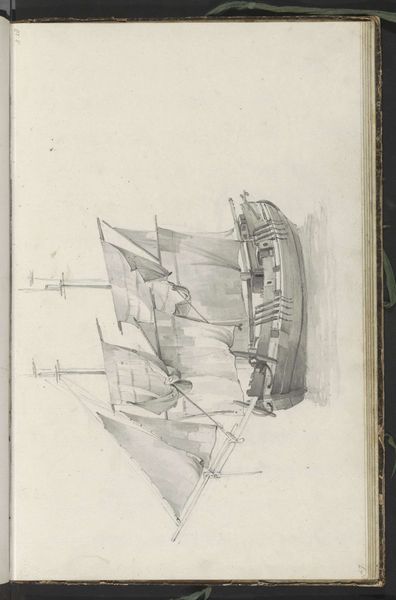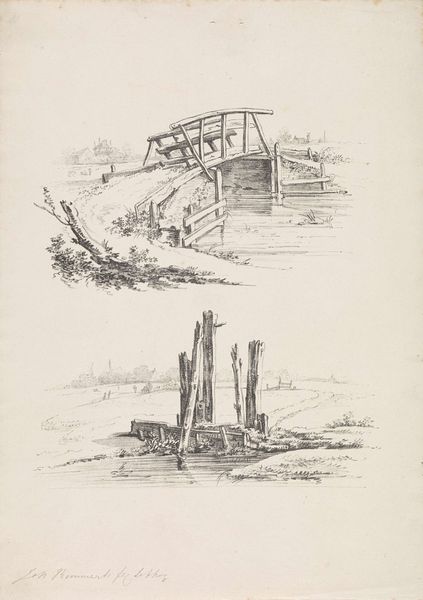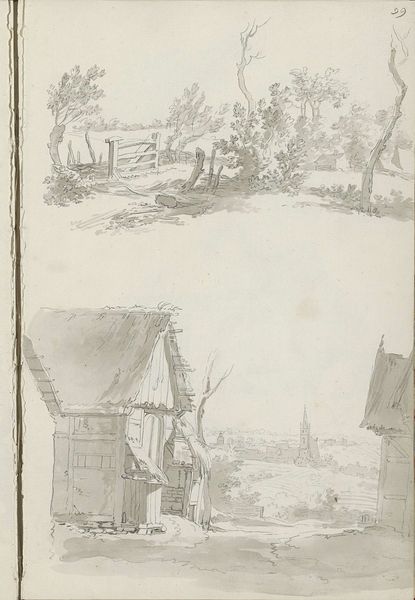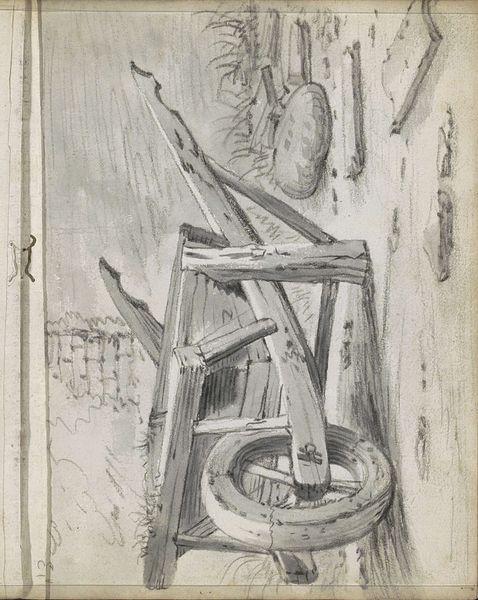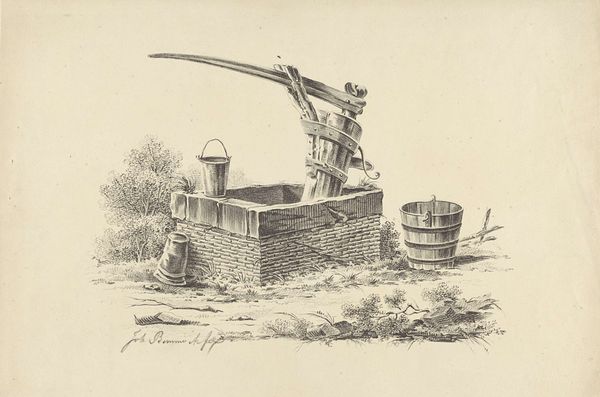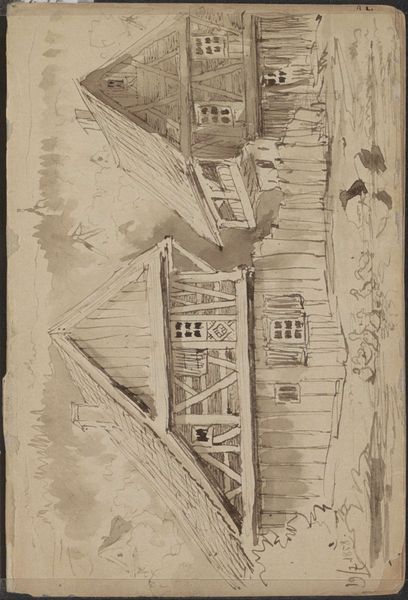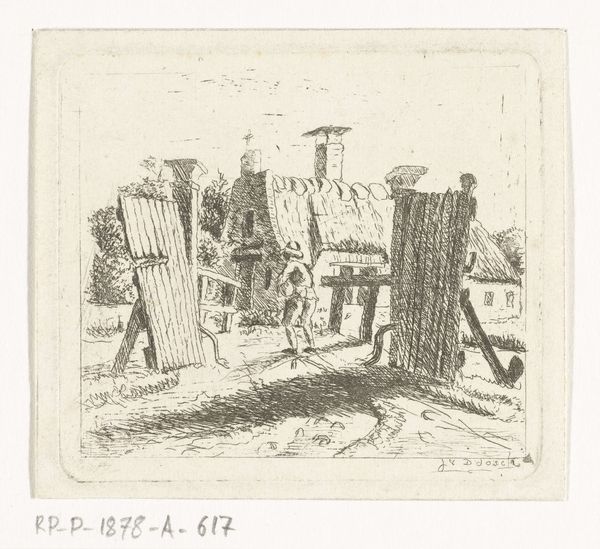
drawing, ink
#
drawing
#
pen sketch
#
landscape
#
ink
#
realism
Copyright: Rijks Museum: Open Domain
Editor: This pen and ink drawing, titled "Waterraden" by Barend Hendrik Thier, was created around 1780 to 1800. The drawings show two water wheels; one feels almost grand, while the other seems more weathered and grounded. What’s your interpretation of these drawings, thinking about the social context of the time? Curator: It’s interesting that you highlight the contrast between the two wheels. Consider the period—the cusp of industrialization. Watermills represented a shift in power dynamics, moving away from human or animal labor. Thier's choice to depict these water wheels in such detail can be read as a commentary on the changing socio-economic landscape. Does the grander wheel, in your opinion, reflect the promise of progress, or perhaps a veiled critique of industrial dominance? Editor: I hadn’t thought about the power aspect directly, but it makes sense. The artist’s rendering gives it that quality. I can see how it touches on labor and the rise of industrialization. How does it all connect to our current environmental discourse? Curator: These wheels also connect to today's environmental concerns. They remind us of simpler, more sustainable technologies before fossil fuels. Seeing them can provoke conversations about environmental justice. Can we use historical technologies to inform present ecological issues? Does thinking about past models help us now? Editor: Yes, definitely. Considering water wheels in this context really helps frame a conversation around historical labor practices and environmental implications for our present reality. Curator: Absolutely, and by analyzing pieces like “Waterraden”, we can unearth the deep-seated connections between art, labor, and the environment. Hopefully, it sparks action towards more equitable and sustainable solutions.
Comments
No comments
Be the first to comment and join the conversation on the ultimate creative platform.
